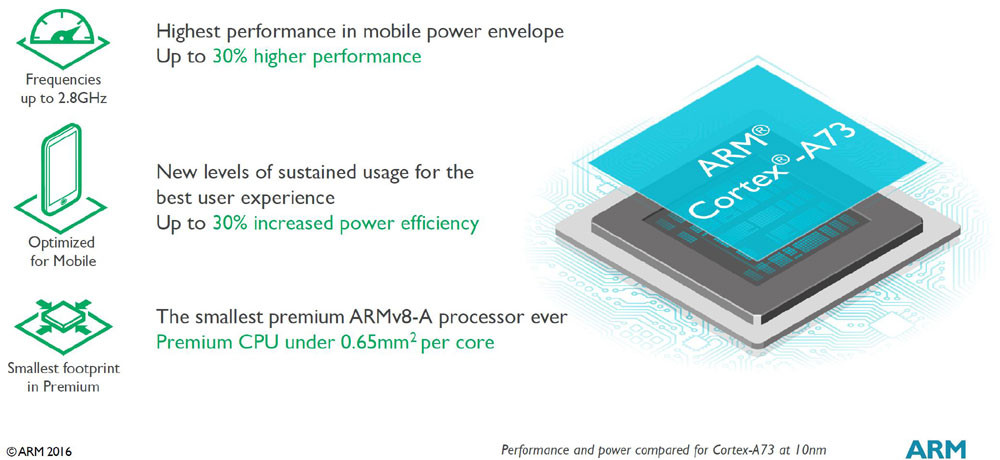You just can’t get away from power management and the vagaries of helping your smartphone’s battery last just that little bit longer. Whether it’s making it through the day or making sure that it’s still performing well a couple of years down the line when you hand the phone down to a family member. After some feedback on both my ‘Note II wireless charging’ feature and Phones Show 218, I thought a summary of what you should and shouldn’t do was in order.
The central theme of the latter (video) feature was that smartphone batteries like being charged. This may sound self-evident, but it’s not just that they like being on charge (which is obvious), but that they like being in a good state of charge as well. Backed up by real world experience over the last decade and by articles like this one, I can state that modern Li-Ion (and Li-Polymer) smartphone batteries last longest (i.e. over time) when they’re kept as charged as possible as often as possible. Which, of course, is what got me thinking about adding Qi charging to the Note in the first place, so that it was always topped up every time I’m at my desk or bedside.
Cycle a modern battery down to about 50% and then back up to full and there’s only around a quarter the ‘wear’ on the chemical components in the battery as if the battery had been taken right down to ’empty’ (a nominal 0%) and then charged up again from there. Of course, your particular smartphone may be so heavy on its battery that you have no option, but this physics-borne evidence does at least prompt any buying decision towards a device which doesn’t just ‘get through the day’, but has battery capacity to spare.

On charge and liking it….!
In other words, take a device like the Google Nexus 5, most users find that it struggles to get right through a busy day and that at best it’s begging to be recharged by bed time. An average Li-Ion battery in a smartphone is rated at around 500 ‘cycles’ over its lifetime, where a cycle is a full discharge all the way from 100% to 0% and back. Used in this way, then, the Nexus 5’s (sealed) battery would be finished (at half capacity or less) after about 15 months – less than the term of the typical phone contract. And with reduced capacity, you’d be charging and draining it more often, exacerbating the situation further.
In contrast, take the Note II, with a big (>3000mAh) battery in the first place and with, in my case, the Qi charging coil addition. In real world use, I find that, even used heavily, the battery charge rarely drops much below 50%, and I estimate that it’ll take a good three or four years minimum before the battery’s damaged enough to be unusable.

So, the message from my Phones Show 218 video was ‘charge when you can!’ – but in the world of batteries nothing’s quite as simple as this, of course. For starters, there’s another thing that Li-Ion batteries don’t like and that’s right at the other end of the scale – they don’t like being fully charged for long periods. This is something that hits laptops hard, since many people leave them plugged into the mains for weeks on end – but it’s not going to be much of an issue for phone owners, of course. Just be aware of the principle, for all your rechargeable kit dotted around your house.
More serious are environmental factors – Li-Ion batteries are also damaged by heat. You’re unlikely to damage your phone battery by general living in, say, Africa, but leaving the phone in the full sun anywhere in the world is very stressful for the battery. Even using wireless charging, as I did here with the Note II, means heating up the battery more than when using a wired connection, and pessimists will argue that I’m doing more damage through heat than I’m ‘saving’ the battery by keeping it in a better state of charge. Trust me, I’m a physicist and we argue about these sorts of thing all the time.
What are the takeaways then, given the relative uncertainty and debate that can be generated on this topic? A few general principles can be outlined – they seem obvious with hindsight, but it’s still worth burning them into your brain:
- When buying, buy a device with as much spare battery capacity as possible. Enough to rarely need to get down near ‘zero’. [And if it’s removable then even better, since much of this feature is redundant – you can simply buy a new cell!]
- Charge when you can, accept top-ups and trickle charges gratefully through the day, even if your phone still has plenty of charge left.
- Avoid getting your phone too hot. In a car window on a sunny day, on a radiator, that sort of thing. And if you have to store the phone or its battery long term, then find a cool place.
- Use all the conventional wisdom on battery life extension, turning unneeded things off, running your display on ‘auto’, disabling 4G in a weak signal area, that sort of thing. The more you can keep your phone’s battery charged, the healthier it will be in the long run.
Mind you, paraphrasing what a wise man said to me only this morning, don’t stress yourself too much over all this. At the end of the day, it’s not worth spending all your time worrying about a mere phone battery. There’s always some way to replace a tired battery, even if it means a trip to a service centre. But, heck, why not do what you can in the meantime, especially because most of the above is – and hopefully you agree – also good common sense?







